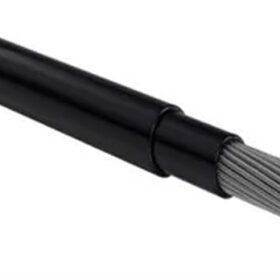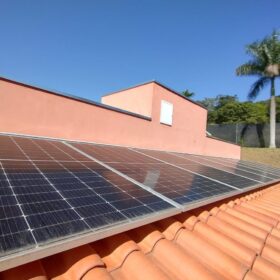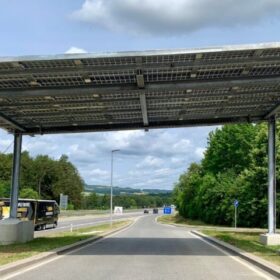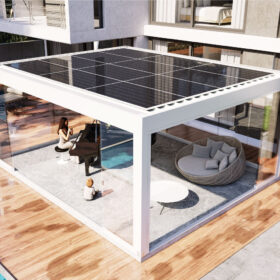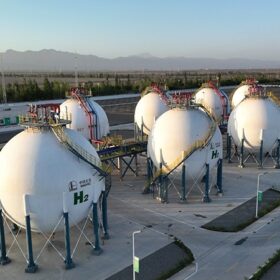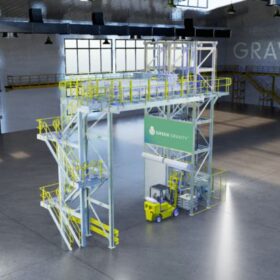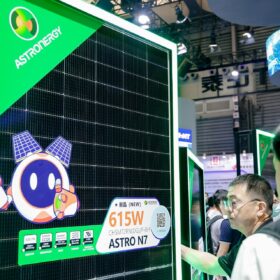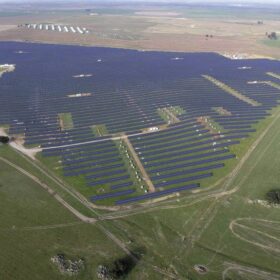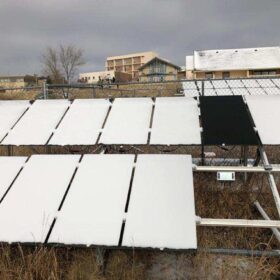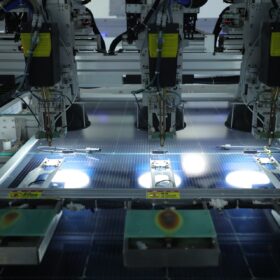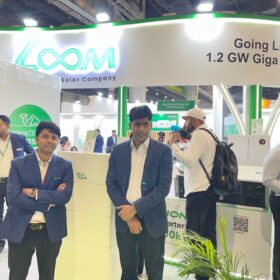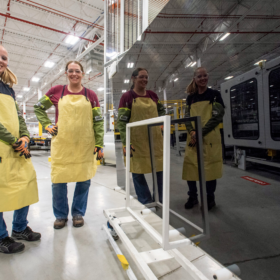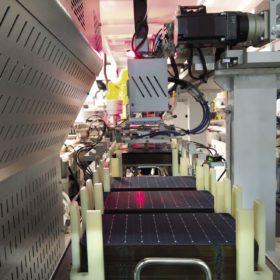Japanese provider launches new aluminum cables for PV systems
Japan-based GBP said its new cables are complying with several international standards. It claims the cables have an antitheft function, as they should discourage copper thieves from approaching a PV system.
Brazil added 4.2 GW of distributed solar in H1
Brazil’s distributed PV systems, including installations up to 5 MW in size, have surpassed 22 GW of cumulative capacity. By the end of June, more than 2 million arrays had been deployed nationwide.
Conquering change: Artificial Intelligence and how to be future ready
The rise of Artificial Intelligence (AI) technologies presents a big opportunity for the energy industry. AI and the language of the input query provide us with a powerful tool against incorrect information.
Germany launches 33 kW prototype highway PV system
Germany has deployed a 33 kW prototype highway PV system in collaboration with Austria and Switzerland. The system aims to harness solar energy from highway infrastructure.
Italian supplier unveils new PV garden system
Italy’s Giulio Barbieri has developed a solar pergola for gardens that can be combined with battery storage, offering 3 kW to 5 kW of power and a storage capacity of 5 kWh.
The Hydrogen Stream: China starts world’s biggest solar-to-hydrogen site
China’s Sinopec has switched on the world’s largest solar-to-hydrogen project in Xinjiang, while India has unveiled a new plan to incentivize green hydrogen and electrolyzer production.
Green Gravity links with miner to fast track gravity energy storage tech
Australian renewable energy startup Green Gravity has teamed with underground mining contractor RUC to accelerate the commercialisation of its gravitational energy storage technology which rests on moving weighted objects through disused mine shafts.
Astronergy announces new TOPCon solar module series
Huang Haiyan, chief sales officer for Astronergy, spoke with pv magazine at the recent SNEC trade show in Shanghai about the company’s new TOPCon PV module line and its broader expansion plans.
Portugal aims to install 20.4 GW of solar by 2030
The Portuguese government has raised its 2030 solar target by 11.4 GW. It now hopes to cover 85% of its electricity mix with renewables by the end of the decade.
All antireflective solar module coating techs at a glance
Scientists in the United Kingdom have investigated the durability and performance of all antireflecting coatings for solar modules and said further work is needed to improve industry standards. Their review addresses single-layer and multi-layer techniques and provides insight on their costs and viability.
